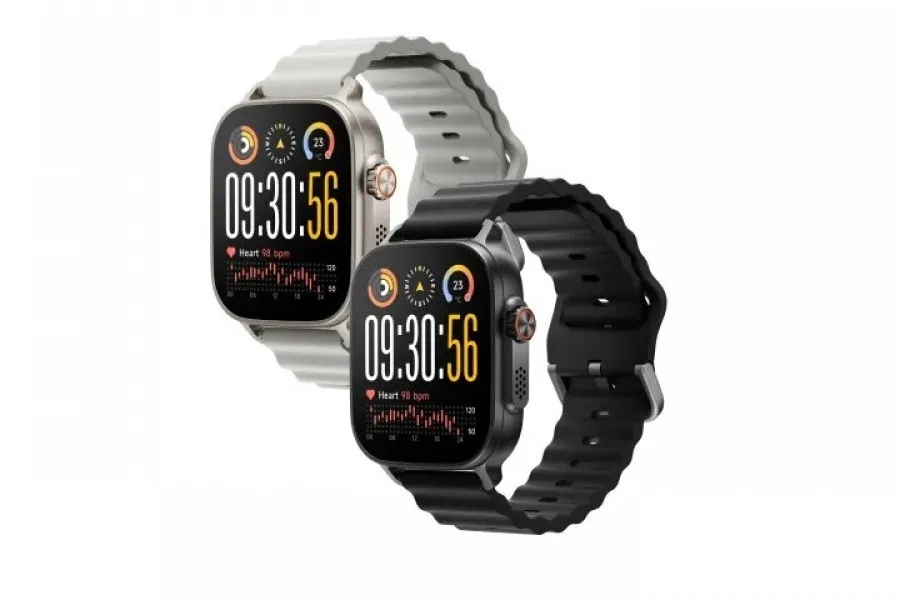iPhone Air: Apple drastically cuts production, could the ultra-thin smartphone be a commercial failure?
Less than a month after its launch, the iPhone Air seems to be struggling to impress. According to a report from Nikkei Asia, Apple has reportedly instructed its supply chain partners to drastically reduce production of the ultra-thin model, nearing a point of “end of production.”
iPhone Air: A phone too light for the market?
Apple maintains its overall target of producing 85 to 90 million iPhone 17 units, but the share of the iPhone Air—which was initially estimated at 10 to 15%—is expected to shrink significantly by November. Meanwhile, the Cupertino company is increasing production of the base model and Pro versions, fueled by strong initial demand.
This repositioning echoes a similar scenario at Samsung, where the company reportedly canceled the Galaxy S26 Edge after poor sales of the S25 Edge, a smartphone also focused on extreme thinness.
A good idea, but a fragile success
In tests by tech media, many highlighted the phone’s design quality, calling its ultra-thin profile a standout feature, along with a very appreciable lightness. However, despite its successful design, the iPhone Air suffers from noticeable compromises: shorter battery life, a single camera, and a price close to the more feature-rich standard model.
The initial figures from Counterpoint Research show that the iPhone 17 series has launched 14% stronger than the previous generation in the U.S. and China.
- The base iPhone 17 saw a 31% increase, aided by its new 120Hz Always-On display.
- The Pro and Pro Max models grew by 12%, thanks to aggressive operator discounts.
- In contrast, the iPhone Air’s sales match those of the old iPhone 16 Plus—the least popular model in its lineup.
iPhone Air: A test before foldable?
The iPhone Air remains a strategic product: it could pave the way for Apple’s future foldable iPhone, expected by 2026. However, for now, it appears that the pursuit of thinness is not enough to entice a broad audience—especially if it comes at the cost of power and versatility.




